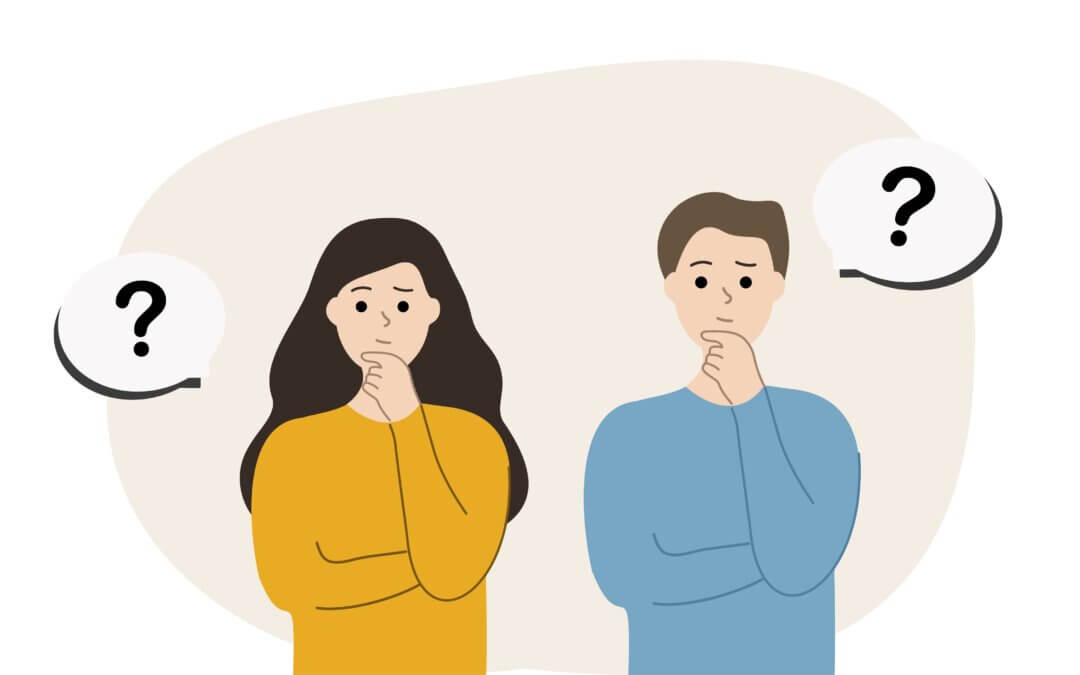Your foot deserves the best help.
As healthcare UK deteriorates, remember, it is the system, not the people who train and work in healthcare. This article focuses on getting the best foot care, but you can consider other relevant health concerns. Following some tips, you can check out some of the 70 key articles to support you quest for your foot problem at the bottom of this article.

The fastest way to manage your foot is to find out and see if you can help yourself
Access and decisions
You do not have to use the GP if you have a foot problem; the second concern is that the GP is tied up intrinsically with NHS access unless you seek help outside. They do not expect you to go privately but may well point out where the system might be best used. On the surface, this is logical because we all have a specific right to have primary healthcare. However, in this current age of NHS collapse, what is primary healthcare, what are our rights, and how long should we wait?
Basic health provision
Primary health care should deal with immediate life-threatening problems, disability through injury and progressive disease, escalating pain problems that have not been solved, disease prevention through immunisation and advice of health problems likely to lead to inability to function within the community. But, in reality, much of everything you can think of is underpinned by mental health patterns.
Our rights
Our rights are more complicated and relate to how we are treated. Dignity and quality communication should be paramount in the delivery of care. Of course, we, in turn, should not make matters worse. We should consider our alcoholic intake, make the best selections for our diet and avoid bad habits such as taking recreational drugs and stopping smoking. We have a contract to follow advice, attend appointments, and not add to declining health. Your GP is the gatekeeper of a health budget, and he or she must decide how to spend this wisely. Most GPs want to offer patients the best, but money comes into care more so than ever. It is possible to change GPs, but it is always best to solve concerns locally. The GP works for the NHS under a contract and has certain rules to follow. Online GP services is starting to develop and are very much under scrutiny as to their effectiveness.

wait times are longer today than before the pandemic
Wait times
The issue of waiting is tricky. The ambulance service previously had this covered by different criteria. GP waits have now become the big bad boy. ‘Phone communications were small by comparison since the pandemic of 2020-21, up by nearly 40% (source: M.Levy 31/10/22 D.Telegraph). You can wait a week or so for a non-urgent appointment, but the idea is to triage patients to identify those most urgent. Reading Miranda Levy’s article allowed me to consider our approaches. There are advisory organisations such as Health Watch. You can search your location to cover more than just GP services. We all know many services are affected, with dentistry being critical. Foot care is not something that is considered a speciality. And yet the foot follows all of the ingredients mentioned above in essential health provision.
While your foot deserves the very best help, and in an ideal world, 24 hours would be fantastic, a system as heavy as the UK will not change overnight, and new GPs will not magically appear. Even podiatrists suffer from the same problem fitting patients in, while some cannot cope with patient delivery, especially in single-handed part-time practices.
Become your healthcare clinician
Reading this headline suggests a certain degree of irresponsibility, but seriously how much can you do yourself?
Infections, wounds that fail to heal, swellings that suddenly arise, feeling unwell, sickness, and inability to walk all constitute seeing someone in the medical field. An injury that leaves you disabled carries all the urgency that should lead to common sense. You can contact a helpline for GPs, or the 111 helpline NHS Direct. As the current crisis in healthcare depreciation continues, more information can be found online. It is impossible to list all the sites but go to trusted NHS badged sites first.
If you can identify the problem, then Googling the subject, which means going onto the computer and searching for solutions, can produce both excellent and poor advice. So how does someone with little knowledge know what is good and what is bad advice?
Avoid Bad advice
- In reading an article, you find it becomes a sales advert. No expert might be involved, and there seems to be little choice. Most help sites are free and are often written by professionals. Some references are useful, especially those based on clinical evidence.
- It is not always possible or desirable to fix a problem by asking a website for a solution. I know this all too well, as many who write to me at CFP do not provide sufficient information but still want a quick fix and an easy answer.
- Long-standing problems almost always require contact advice – meaning person to person.
Why consult a GP?
Once upon a time, GPs knew their patients and family well enough to ensure you felt they understood your history from cradle to late life. Today the chances are you will see a locum. These good, well-trained doctors will likely have no personal relationships with your past. However, if you do not know what to do, do not have confidence in the internet, and the matter is urgent, then a GP provides a free service.
If your foot hurts because of hard skin or corn, then go directly to a podiatrist or, in some cases, a foot health practitioner for advice. Simple hard skin and thick nails come under cosmetic care if you want your feet to look beautiful. If a sports injury affects the foot, go to a podiatrist – these include joint and tendon pain. These services are not free.
The NHS will see foot problems, but today it is more likely that you will have a foot condition with a medical disease or concern affecting the lower limb, or where the podiatrist deals with children’s foot complaints. Few services run routine work, although they will specialise in minor surgical procedures such as (see the link) ingrown toenails.
If appropriate, your GP will organise immediate treatment and investigations for your foot problem and refer you to NHS healthcare professionals. If medication is necessary, they will ensure this is appropriate.
Referrals to other NHS services
Triage services include podiatry and physiotherapy, streamlining care before seeing a consultant. Consultants include orthopaedic and podiatric surgeons. Avoidance of surgery is paramount but, in some cases, necessary. Skin problems may go to dermatologists and joint problems to orthopaedics or rheumatology.
Methods to improve your health journey.
The GP Consultation
While doctors today are perhaps more approachable than in the past and engage differently, we are all aware that time is precious and short. Therefore, I find the advice Jacob Lant from Health Watch offers makes sense as a basis for general consultations.
The Receptionist
The first point of contact with most professionals is via a receptionist. The GP receptionist is better trained these days and experienced in processing information to direct you to the right place. Doubtless, you will have to listen to the mindless telephone babble first, where most messages do not apply to most people. Be pleasant so the person you speak to can engage better. Angry patients seldom come away feeling fulfilled. By all means, say you are frustrated, but the receptionist is not responsible for the system.
Answer their questions, and while you do not have to give personal information, it helps to provide a clear picture of your problem. For example, if you have a poor memory or are not confident, write down some key things to aid the conversation. The point is that clear information usually achieves the right results, and you see the best person.
- Why do you want to see the doctor?
- Why is it now a concern?
- How does it affect you (this helps urgency)? For example, are you having to take time off work, use pain medicine, cannot sleep or eat?
- Tell the receptionist if you have seen anyone.
The following contact will be the doctor’s call back to you, although you may have a day but not a time. A mobile (cell) number is best, so you don’t have to stay in. We are talking about feet, not about your haemorrhoids!
Be prepared to provide more information and write this down to keep your call directly on the subject. Again, be clear about what you might like to happen. The GP will decide if a direct face-to-face consultation is required. Do explain how your foot problem impacts your life.
You might discuss wait times and whether you can see a named person. Even referrals out of area can be made if you know the source. Your GP will make a referral based on their experience if you do not know anyone.
Direct Alternatives
Emergency concerns
In the UK, the emergency room is called A&E. At the time of writing, all would agree there could not be a bigger mess. In the case of the foot and ankle, use advice from 111 NHS Direct. When my wife fractured her metatarsal, this was the route we went on the advice of the GP receptionist. From there, a referral was made directly to the orthopaedic department.
As we deal with the foot, you can seek advice elsewhere if the GP system does not work for you. Pharmacists have expanded their service in some outlets. They have a consulting room, and you can discuss their service, which is usually free. Any medications recommended will, of course, need to be paid for.
Once you elect to use private funds, your options widen, and wait times will be lower. A two-tier system is controversial, but even private GP services are being used.
Summary
There is no easy solution to fit everyone, but a little self-help can be valuable, provided that matters don’t deteriorate. Pain and infection, lack of mobility, unable to work, and use of more than 5 days of pain medication all herald a sign that you need help. My wife ignored her fractured foot for three weeks before her husband forced her to take action.

ConsultingFootPain carries a range of self-help assistance and background advice supported by clinical evidence from good sites, from orthopaedics to physiotherapy and dermatology. The NHS sites are always worth using, although they carry general information. It is not possible to provide every permutation for every foot condition. I have provided a list of useful articles up until October 2022 published on this site. Please sign-up if you wish to receive a newsletter 2-3 times annually. If the information is unavailable below, or the link fails, you can contact me at busypencilcasecfp@gmail.com, and I will try to rectify the deficit.

CLICK ON THE LINKS (blue) BELOW
A (ankles and arthritis)
Acute and Chronic Pain
A Foot Condition called Freiberg’s
Ankle Fracture v Ankle Sprain
Ankle Sprains and Strains
The Ankle and its Role in Walking
Accessing the Internet a problem?
Arthritis and the big toe
Common forms of foot arthritis
Chronicity and the Lateral Ankle Sprain
When is surgery indicated for the bunion?
B (bunions, blisters and bumps)
Biopsy in the foot
The Bunion Corrector.
What age is best for bunion surgery?
What you need to know after bunion surgery?
Protect your bunion
Helping your bunion yourself
Pain and prevention of blisters
Does it matter which foot bone you break?
Foot bump on top of the foot
C (clinical information, chilblains, callus and corns)
Getting the best from clinical information
Communication The Health Professionals and getting advice
Chilblains and presenting features
Foot cramp, is there a cause?
Musings about corns and callus
Obstinate Corns over Tendons
D (diagnosis & Dermatology)
The concept of diagnosis
Contact dermatitis and plants
Podiatric Dermatology in focus
F (facts, communication, footwear and fasciitis)
Factsheets and Advice
Foot health can make a difference in your life
Getting the best from clinical information
Footwear can be tricky
What should you ask from a fact sheet?
Plantar Fasciitis and the foot arch
Plantar Fasciitis and the Art of Stretching
Plantar Fasciitis and the foot arch
Time to challenge the flat foot
Hair of the dog that bit me! (foreign body in the foot)
G (Ganglion)
Understanding ganglions in feet (also bursa)=
H (heels and hammer toes)
Hammer Toe Sounds like it belongs in a Tool Box
A mysterious heel bump
The Heel Spur myth
Heel Pain due to a bruised heel
I (infection)
The foot bug that got out of hand
Foot injury & self-help
Foot and Mouth Tales and Myths
N (nails & nerves)
Nails and Medical Health
Nail care is essential in sports
Rams and Rhinos and Feet
Toe shape causing nerve pain (Morton’s neuroma)
Metatarsalgia and the Foot Neuroma
Morton’s Nerve Pain
Tarsal Tunnel Pain
O (orthoses/insoles)
What is a foot orthosis?
Biomechanics and the foot orthosis
P (pain)
Locating foot pain
Painkillers for Foot Conditions
Pain with failed healing after injury
S (smelly feet, stiff toes, surgery and swellings)
Smelly feet and the home truth
Stiff Toes and Patient Stories
The stiff big toe joint explained
How does surgery impact our lives?
What’s this at the end of my toe? (unusual swelling)
T (toes, tendons & tattoos)
Big Toe Pain and Tom’s Story
The Irritating Little Toe
Tarsal Boss Foot Bump
Is it safe to tattoo my foot?
Shin splints and tendon dysfunction
W (why and where)
Why look after our feet?
Where do you go for foot problems?
David is the author-editor for ConsultingFootPain and a podiatrist. New articles and advice are added each month.
Published by Busypencilcase Communications Est. 2015 for ConsultingFootpain



Recent Comments